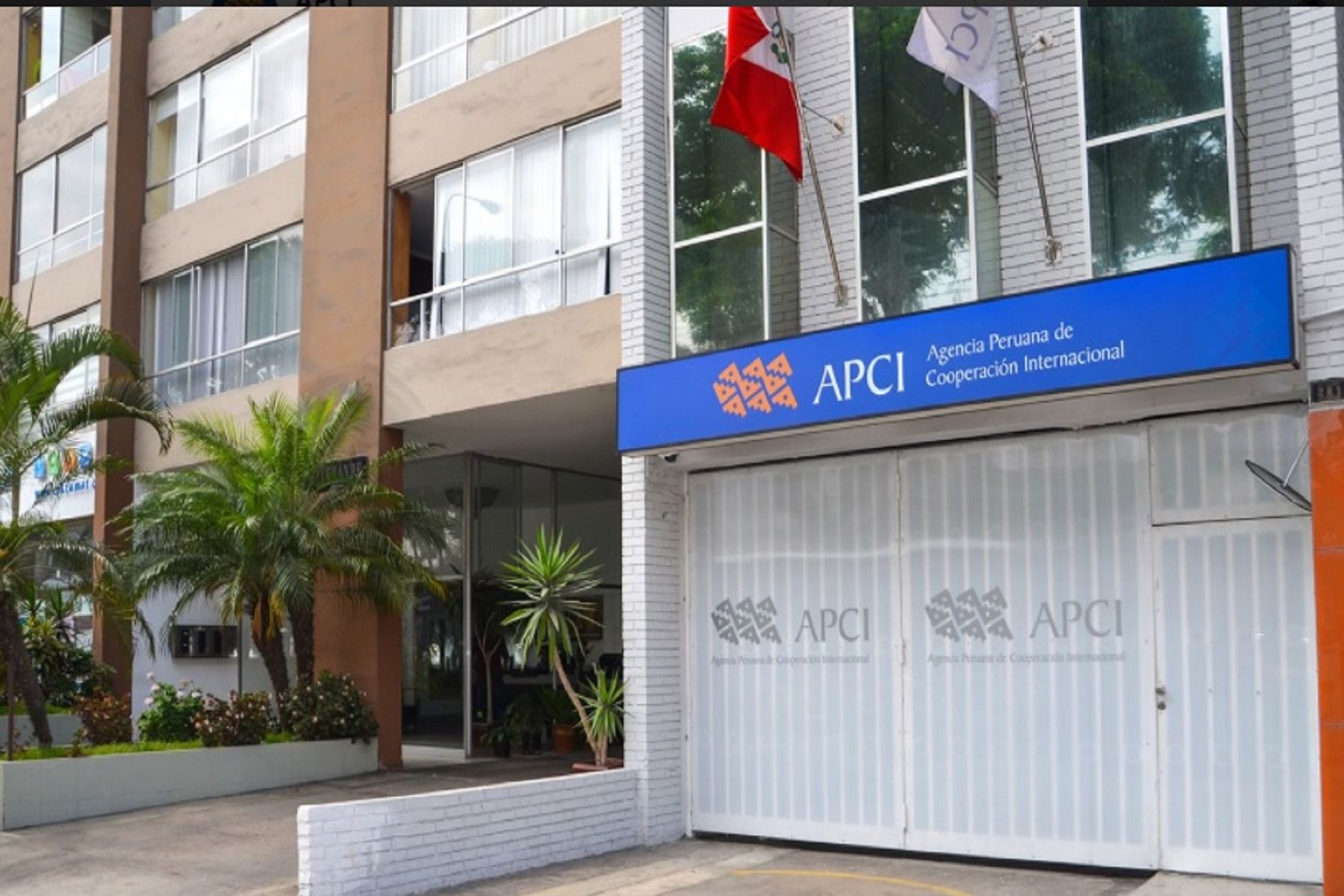Brutalism's Bold Revival: How Neobrutalism is Shaping Sustainable Architecture

The Enduring Appeal of Brutalism: A Style Reborn
For decades, Brutalism – with its raw concrete facades, monumental scale, and unapologetic functionality – was often dismissed as cold, austere, and even oppressive. However, a fascinating shift is underway. A new generation of architects globally is breathing fresh life into this polarizing architectural style, reimagining it for the 21st century. This isn't merely a nostalgic revival; it's the emergence of Neobrutalism – a forward-thinking evolution that embraces sustainability and ecological principles.
What is Neobrutalism? Beyond the Concrete
Neobrutalism builds upon the foundations of Brutalism but moves beyond its initial limitations. While retaining the characteristic use of exposed concrete and geometric forms, Neobrutalist designs incorporate innovative materials, prioritize natural light and ventilation, and integrate seamlessly with the surrounding environment. It’s a conscious effort to address the criticisms leveled against early Brutalist structures – namely, their perceived lack of warmth and their often-detrimental impact on urban landscapes.
Sustainability at its Core: A Green Revolution in Concrete
The defining characteristic of Neobrutalism is its commitment to ecological development. Architects are exploring sustainable concrete mixes, incorporating recycled aggregates, and utilizing low-carbon production methods. Furthermore, Neobrutalist buildings are increasingly designed with passive solar principles, maximizing natural light and minimizing energy consumption. Green roofs, vertical gardens, and other biophilic elements are being integrated to enhance biodiversity and improve air quality.
Global Examples of Neobrutalism in Action
From Europe to Asia, Neobrutalism is making its mark on the architectural landscape. Consider the following examples:
- Museums & Cultural Centers: Several new museums are showcasing Neobrutalist aesthetics, blending imposing concrete structures with open, airy interior spaces and sustainable features.
- Residential Developments: Neobrutalism is finding its way into residential projects, offering a unique and durable housing option that prioritizes functionality and environmental responsibility.
- Educational Institutions: Universities and schools are embracing Neobrutalism to create inspiring and sustainable learning environments.
Why the Resurgence? A Reflection of Our Times
The renewed interest in Brutalism and the rise of Neobrutalism reflect a broader cultural shift. In an era of rapid technological advancement and environmental concerns, there's a growing appreciation for durable, honest materials and functional design. Neobrutalism offers a compelling alternative to the often-ephemeral and unsustainable trends of contemporary architecture. It’s a style that acknowledges the realities of our world while striving for a more sustainable and resilient future.
Looking Ahead: The Future of Brutalism
Neobrutalism is more than just a trend; it's a paradigm shift in architectural thinking. As architects continue to innovate with sustainable materials and design strategies, we can expect to see even more impressive and ecologically conscious Neobrutalist structures emerge, redefining our urban landscapes and shaping a more sustainable built environment.





